Aviation industry data-driven insights
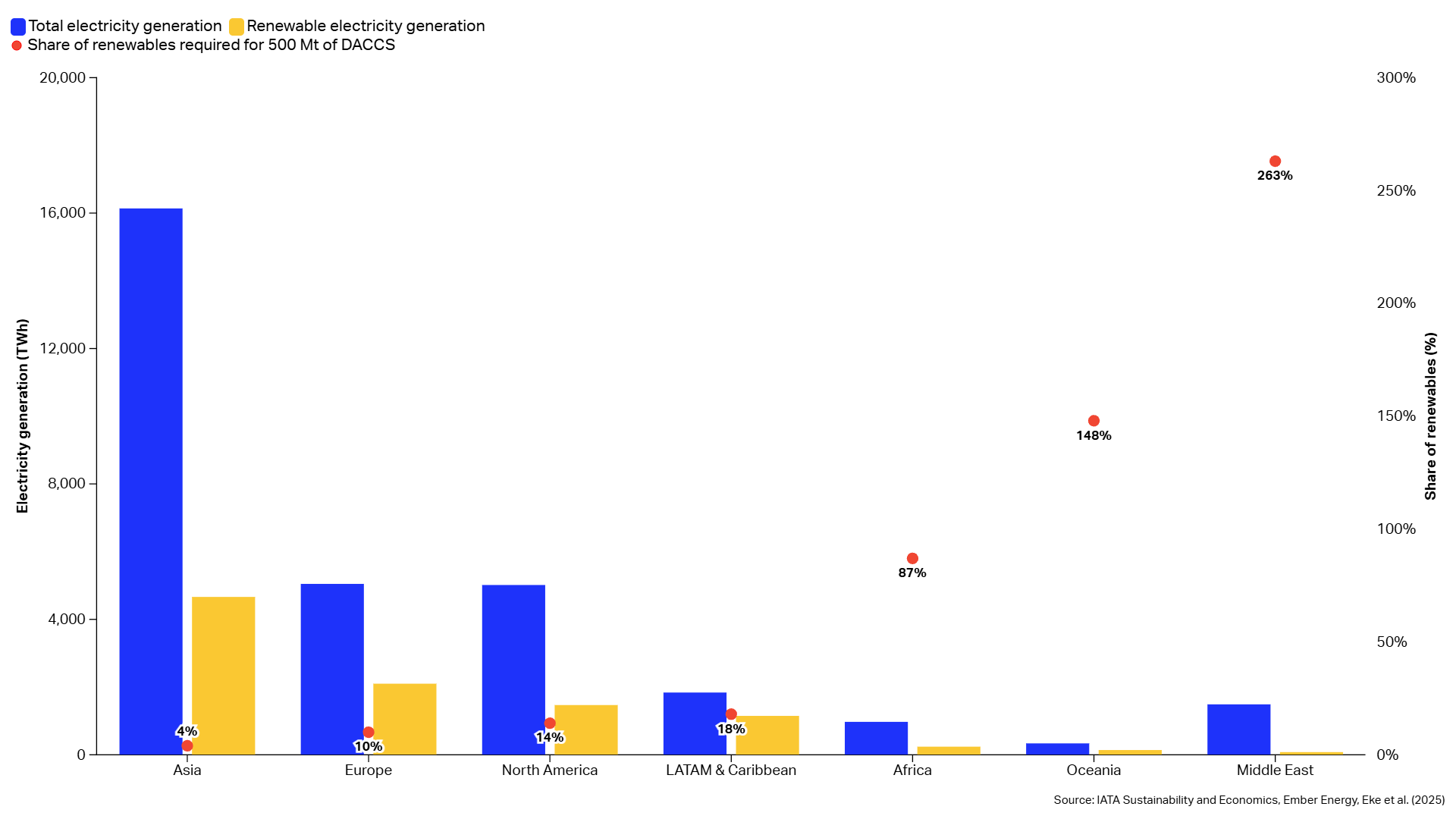
Powering DACCS: The Electricity the World Needs
11 July 2025
The air transport sector will require about 500 Mt of market-based measures (MBMs) and carbon dioxide removals technologies (CDR), such as direct air carbon capture and storage (DACCS), to reach net-zero CO2 emissions in 2050.
India’s drive to leverage air transport for economic development
4 July 2025
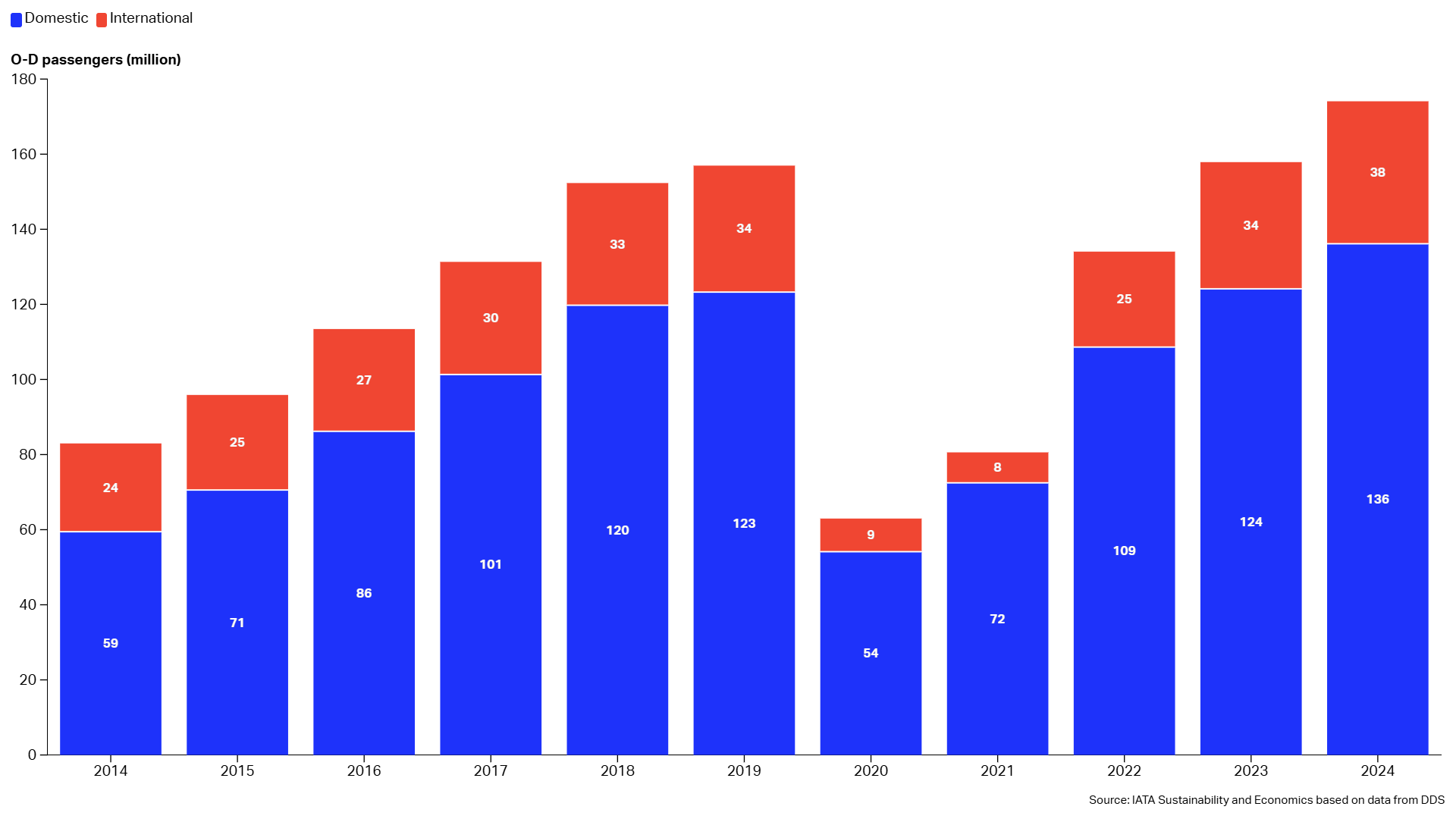
India is now the world’s 3rd largest air travel market, as measured by annual origin – destination (O-D) departures, which have more than doubled over the past decade.
War in the Middle East and Jet Fuel Supply
27 June 2025
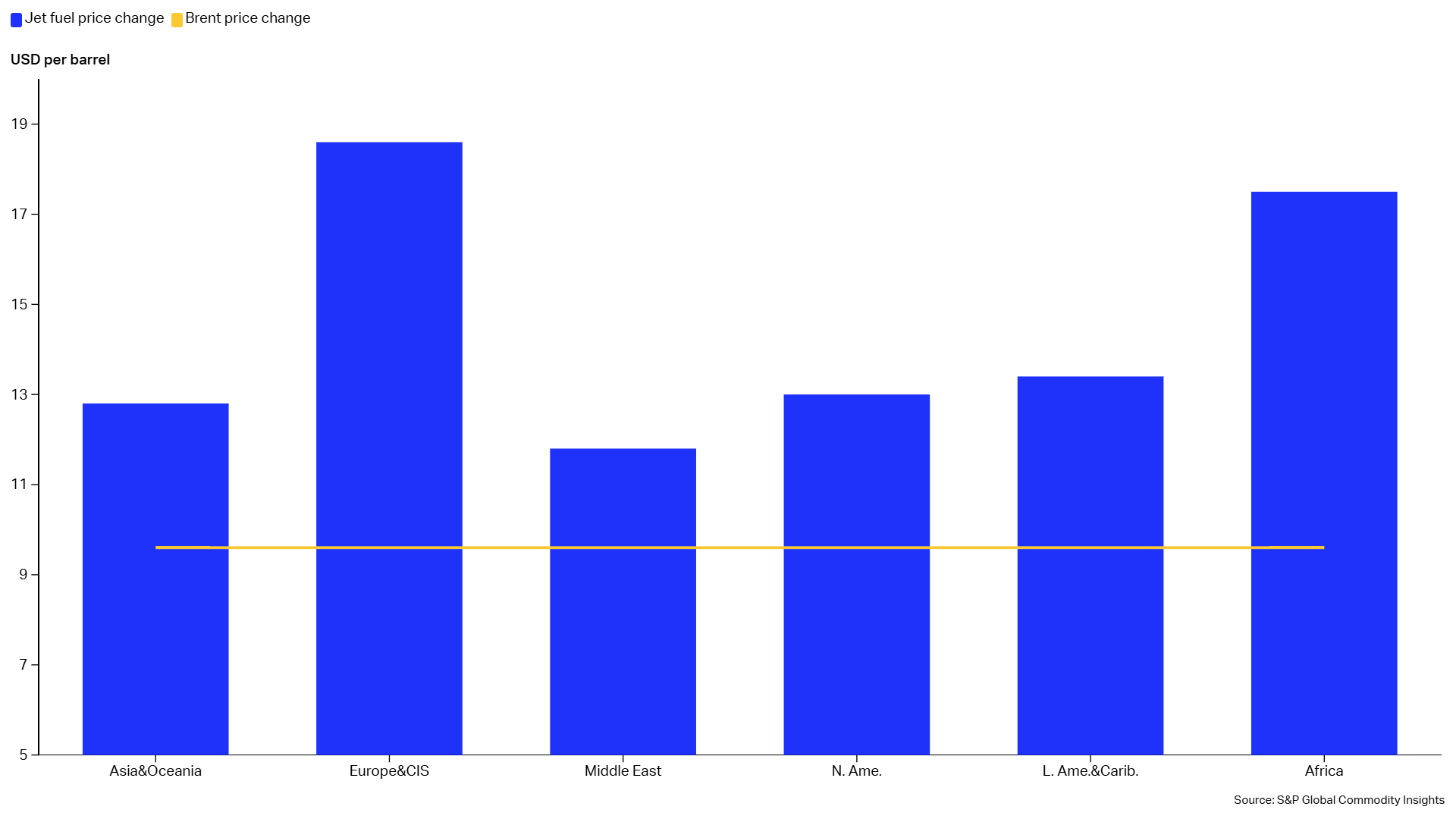
The Middle East is a critical region for trade and exports of crude oil and middle distillates such as diesel, gasoil, and jet fuel.
How many aircraft are we missing?
20 June 2025
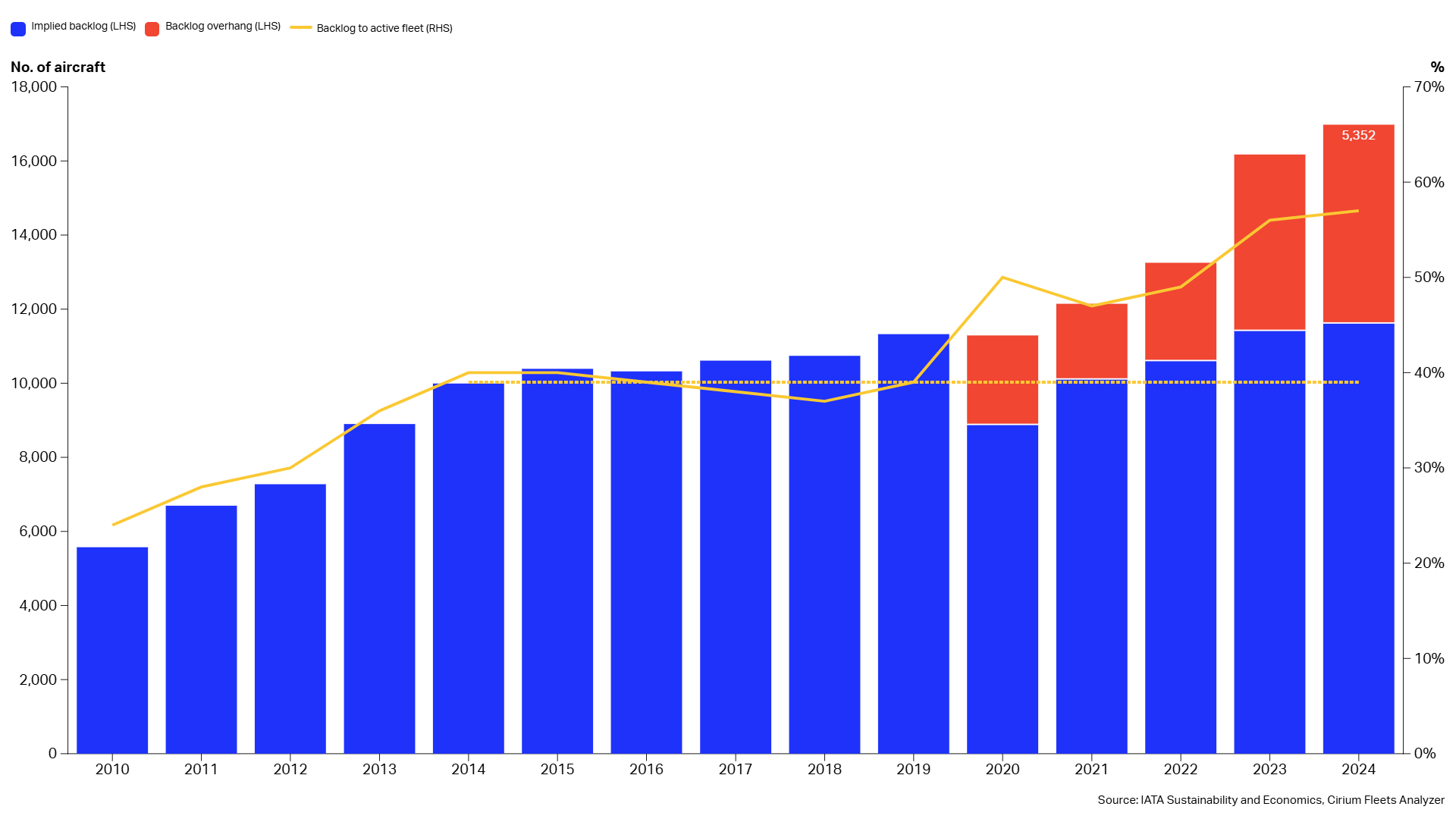
Aircraft shortages have become a severe capacity constraint, limiting airlines’ ability to satisfy growing demand.
Airline profits hold altitude in 2025 amid headwinds
13 June 2025
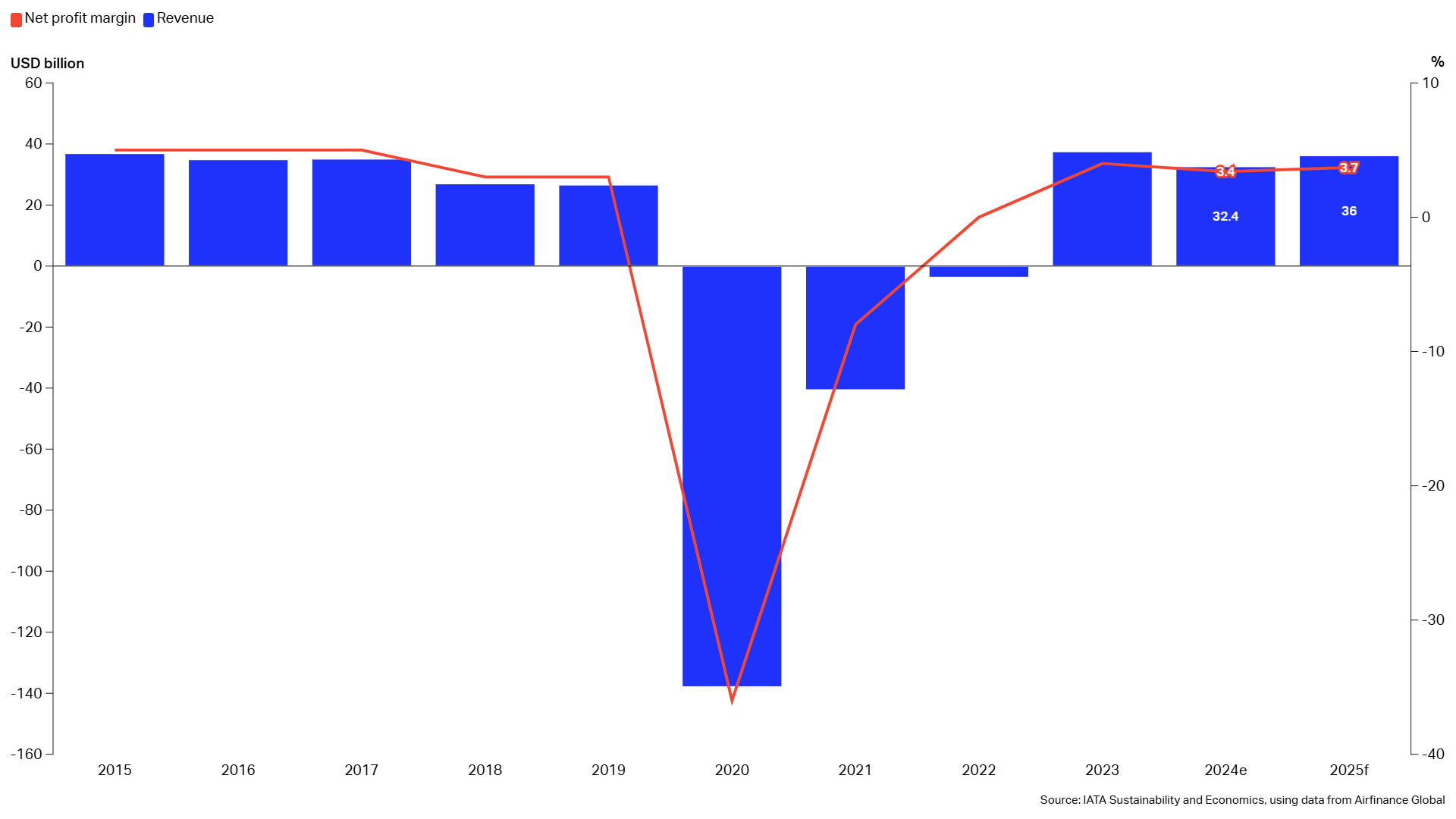
Airline profits are expected to hold up well this year despite ongoing supply chain disruptions and increasingly restrictive trade policies.
Asia Pacific is the engine of growth in 2025
6 June 2025
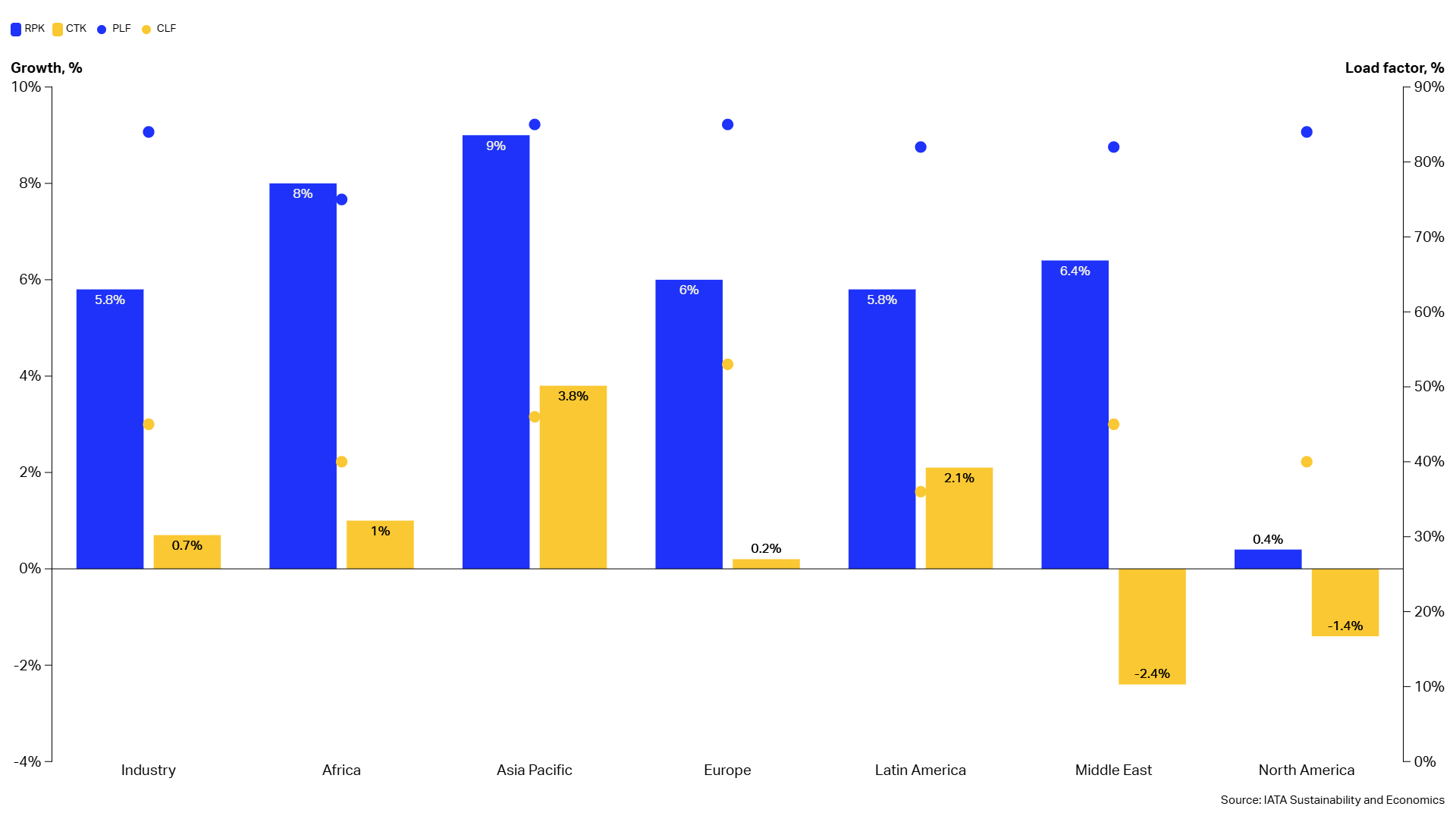
The demand for air travel is projected to grow by 5.8% in 2025, measured in Revenue Passenger Kilometers (RPK).
Excessive SAF Fees in the EU – a lost opportunity to abate 2.7
million tonnes of CO2
30 May 2025
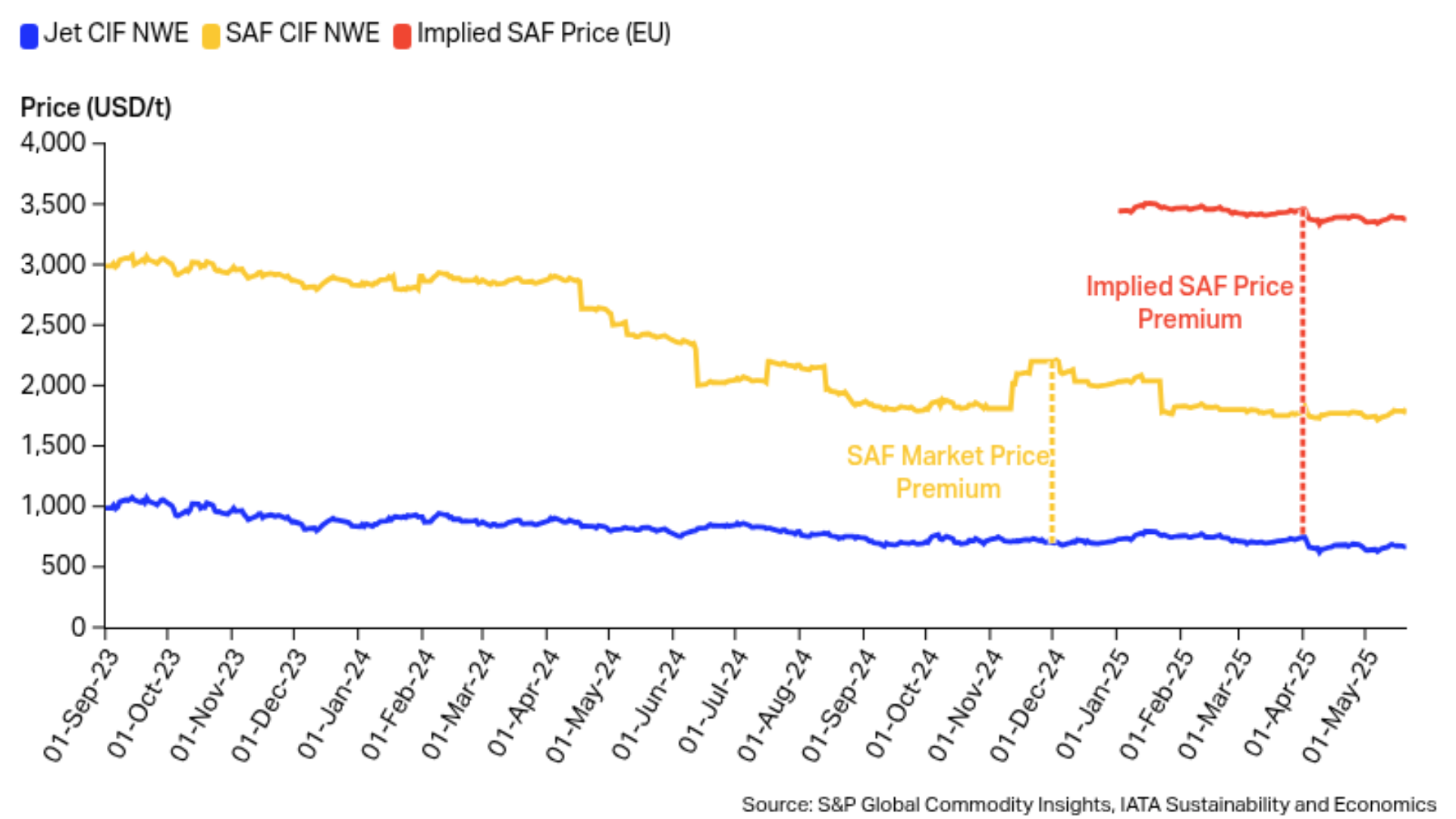
Sustainable Aviation Fuel (SAF) is the key lever for airline net zero. However, the SAF market is still at a nascent stage, able to supply some 0.7% of total airline fuel consumption in 2025.
Minimizing residual CO2 emissions in 2050
23 May 2025
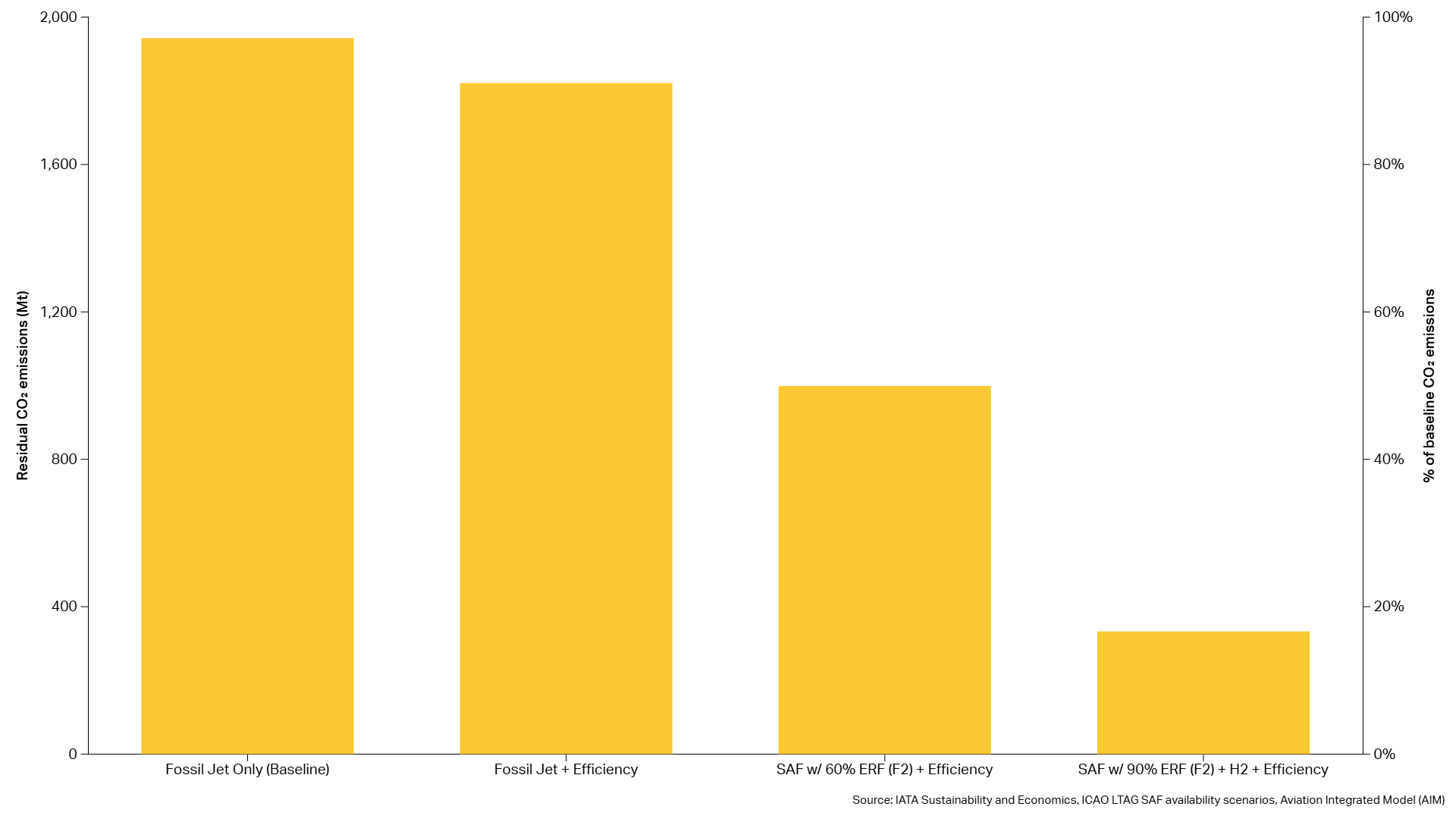
Addressing residual CO2 emissions in air transport is imperative to reaching net-zero CO2 emissions in 2050, as reducing and replacing existing fossil-based fuel will not address 100% of total air transport CO2 emissions.
Growth in Vietnam’s Air Passenger Market
16 May 2025
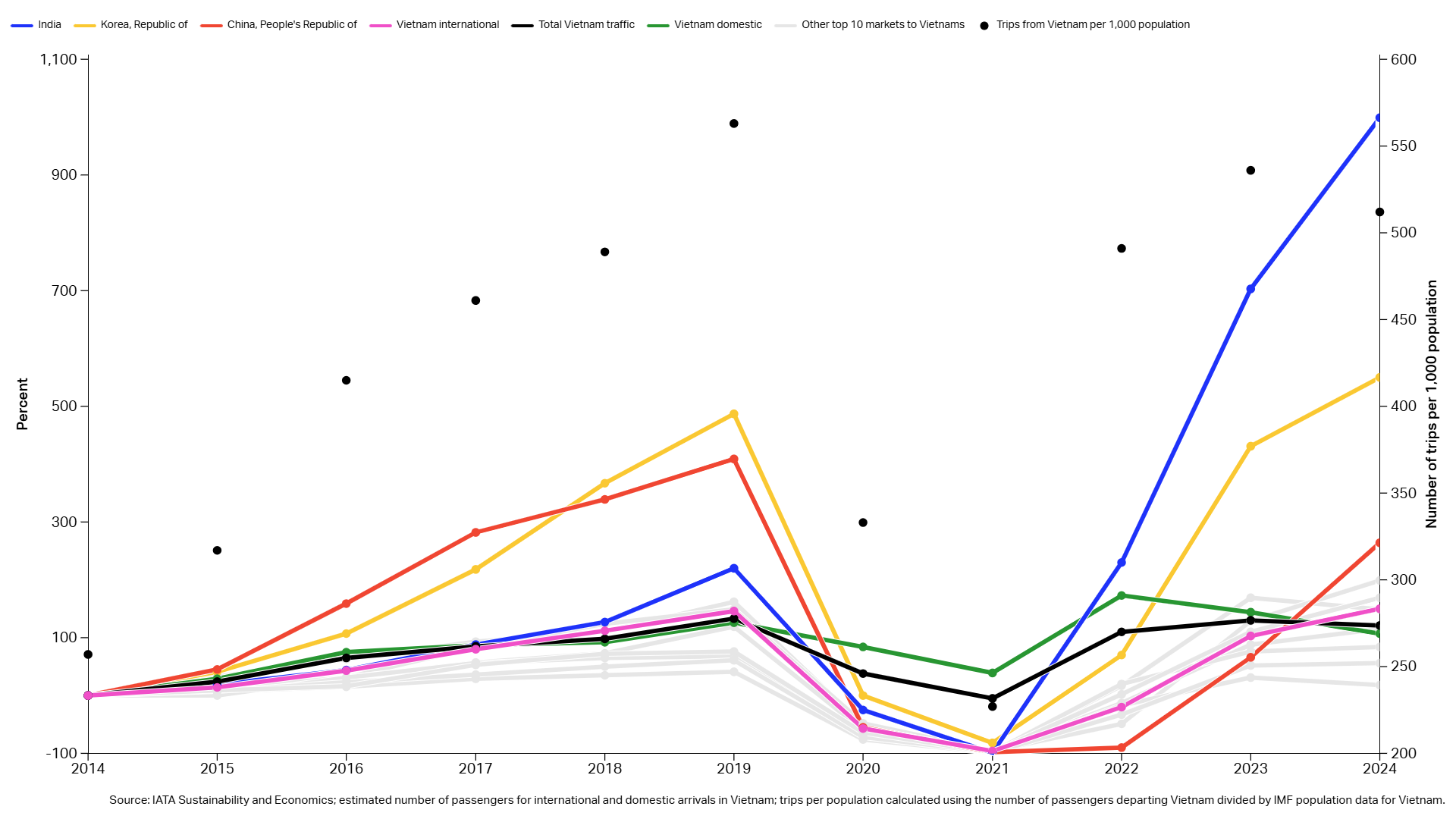
Vietnam has seen strong growth in its air transport market over the past decade. It has advanced from being Asia Pacific's 11th largest air passenger market in 2014 to the 8th largest in 2024.
Growing commitment to CORSIA
9 May 2025
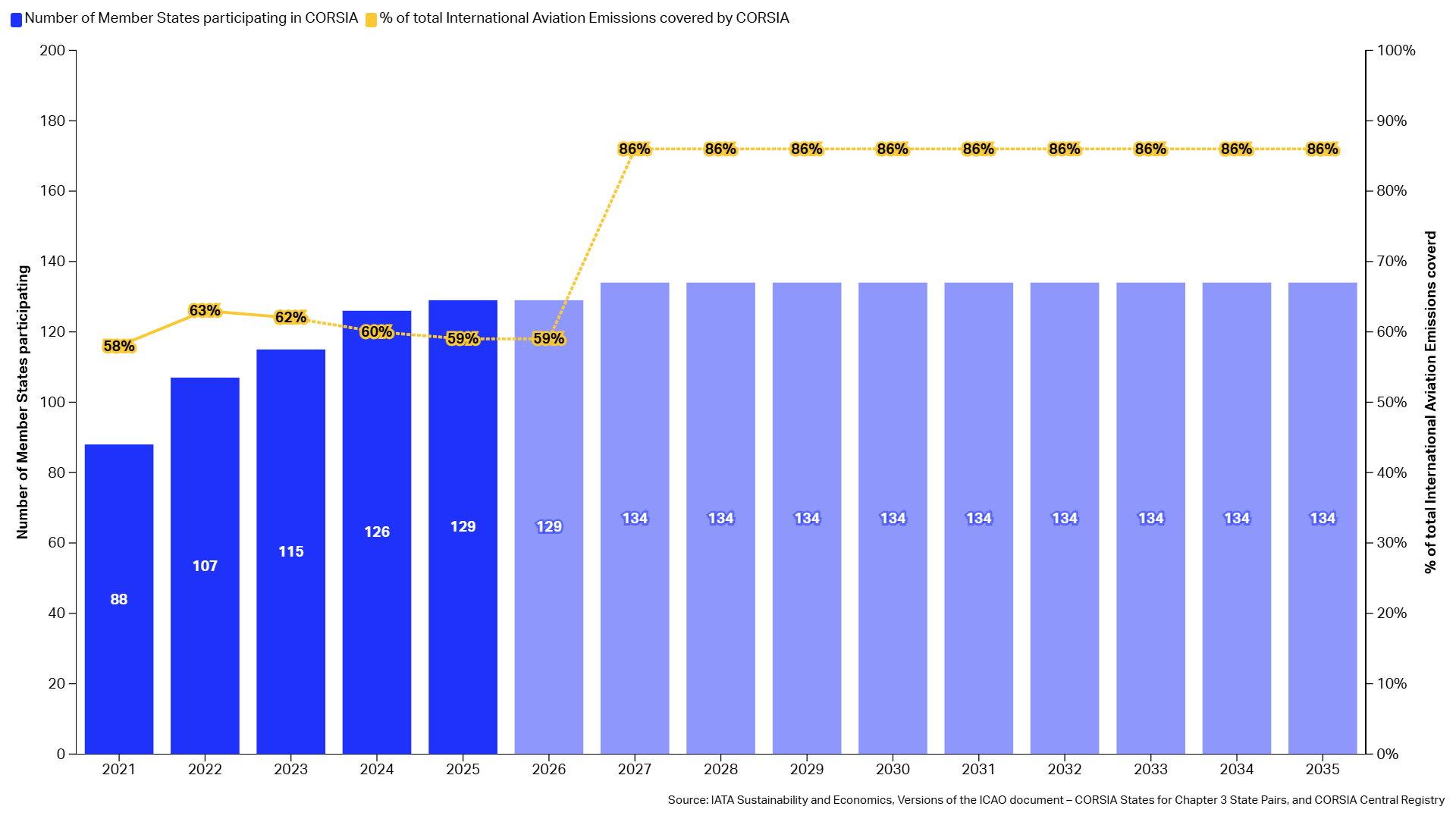
As CORSIA is a route-based mechanism, more States participating in CORSIA imply higher coverage of international aviation emissions under the scheme.
Lifecycle analysis (LCA) and SAF sustainability
2 May 2024
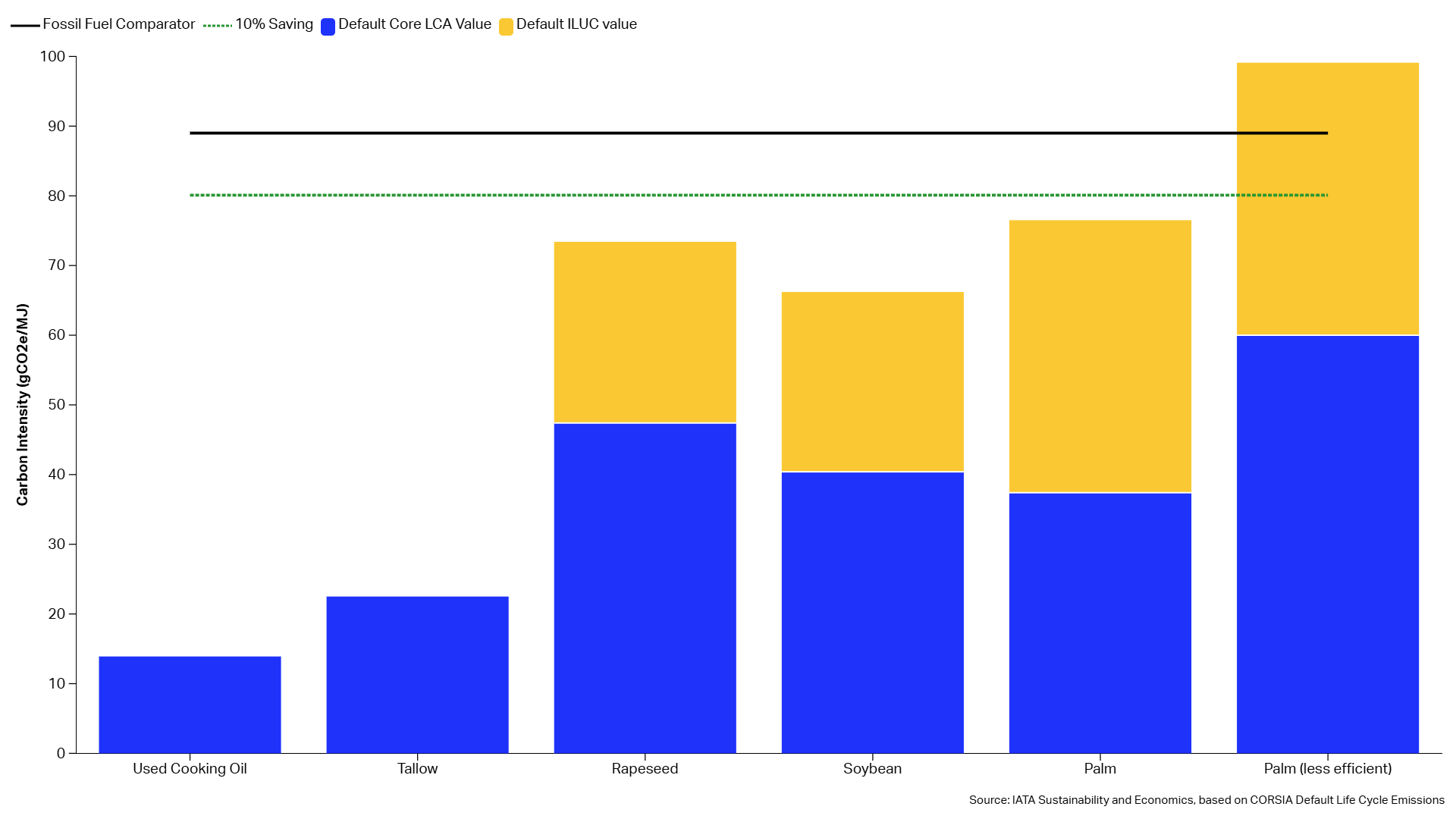
Not all SAF is created equal. CORSIA, the Carbon Offsetting and Reduction Scheme for International Aviation, requires that a sustainable aviation fuel (SAF) delivers a minimum emission savings of 10%.
Navigating the Skies: Market Disparity in ASEAN
25 April 2025
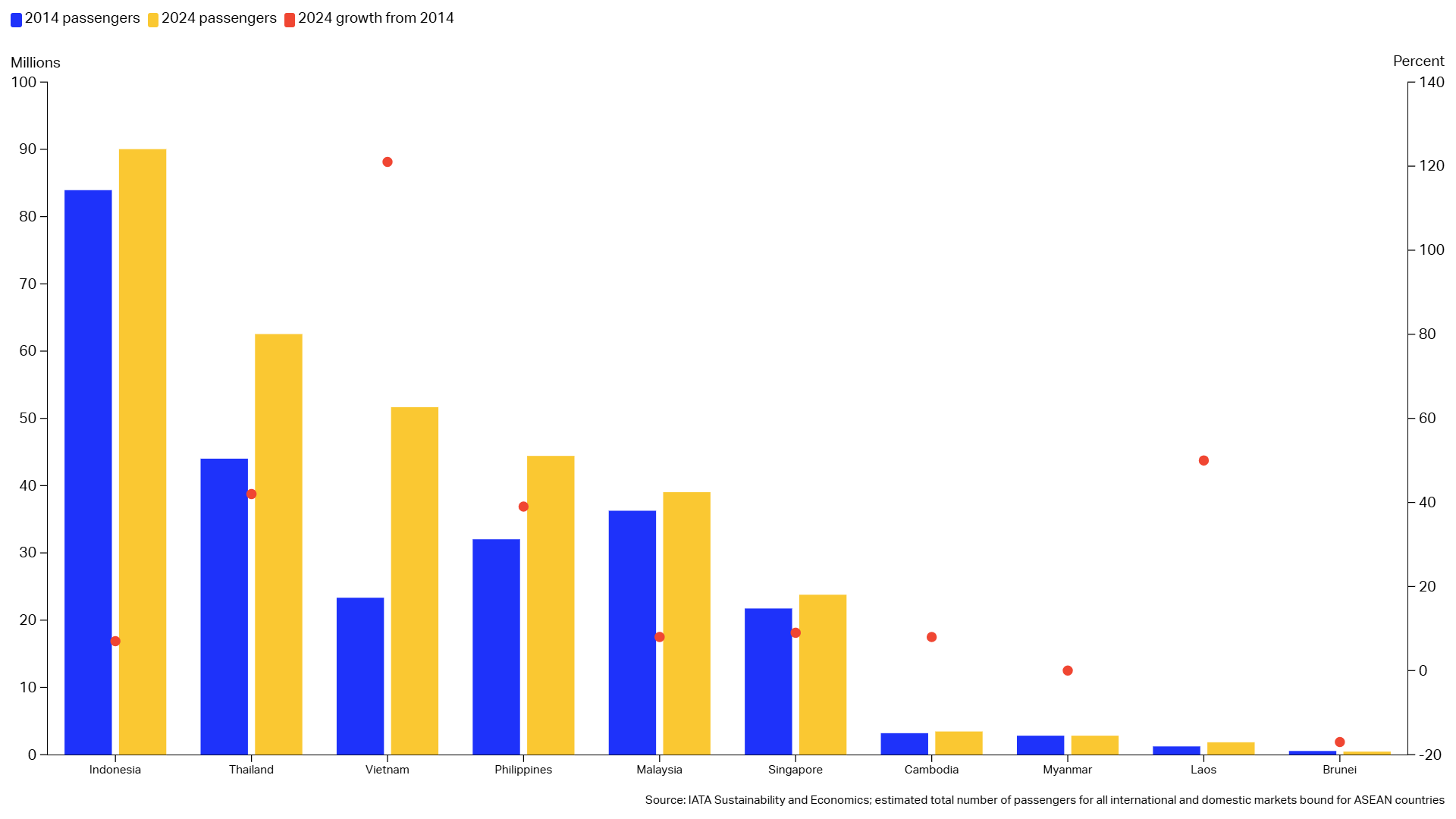
The Association of Southeast Asian Nations (ASEAN) is a union of 10 Southeast Asian states with a combined population of 677 million.
US Imports Surge Ahead of New Tariffs
17 April 2025
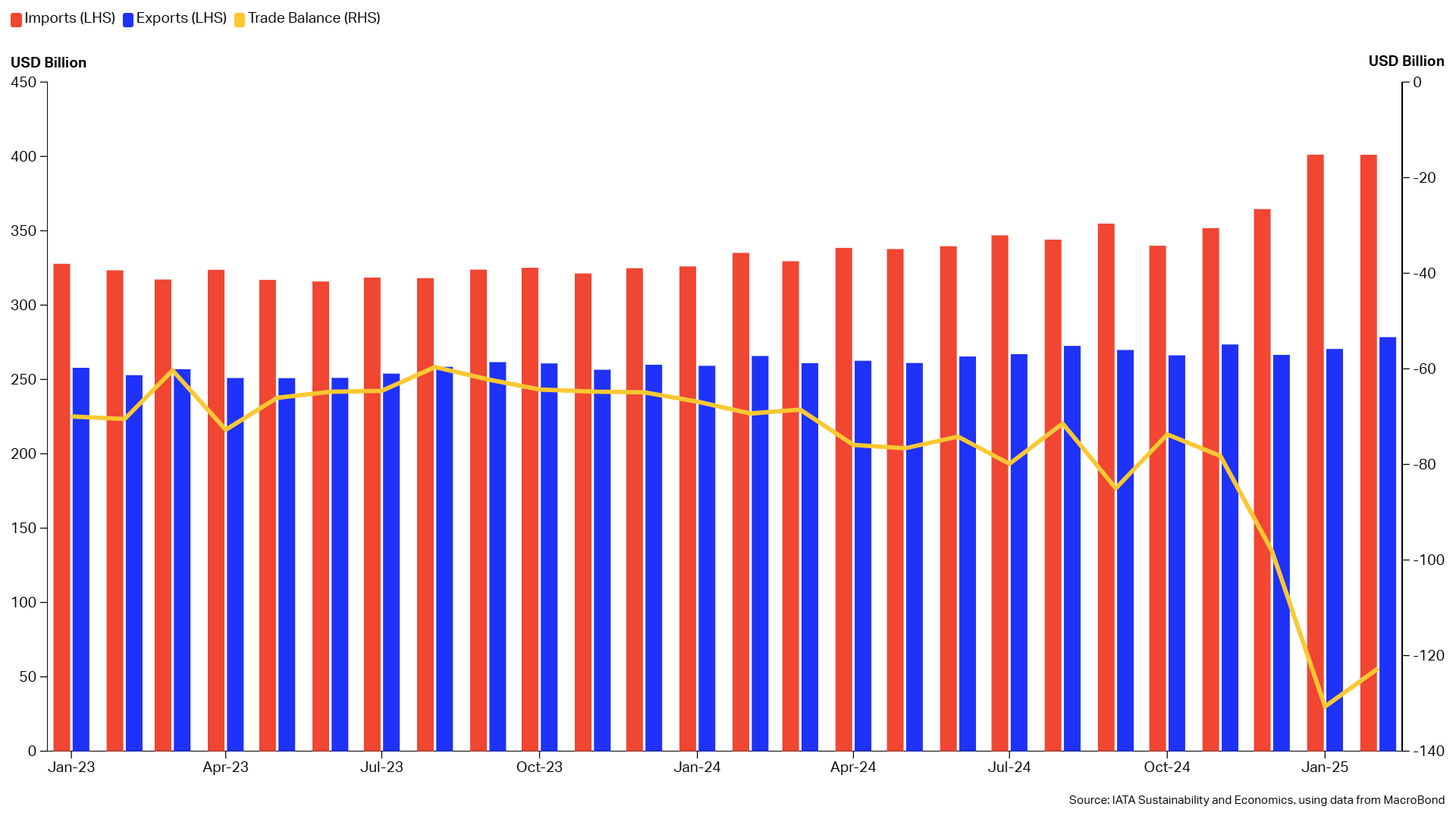
US imports surged in the first two months of the year, in anticipation of the Trump administration’s new tariff regime (voiced in the America First Trade Policy Memorandum published on 30 January 2025).
Flying beans, brewed for take off
11 April 2025
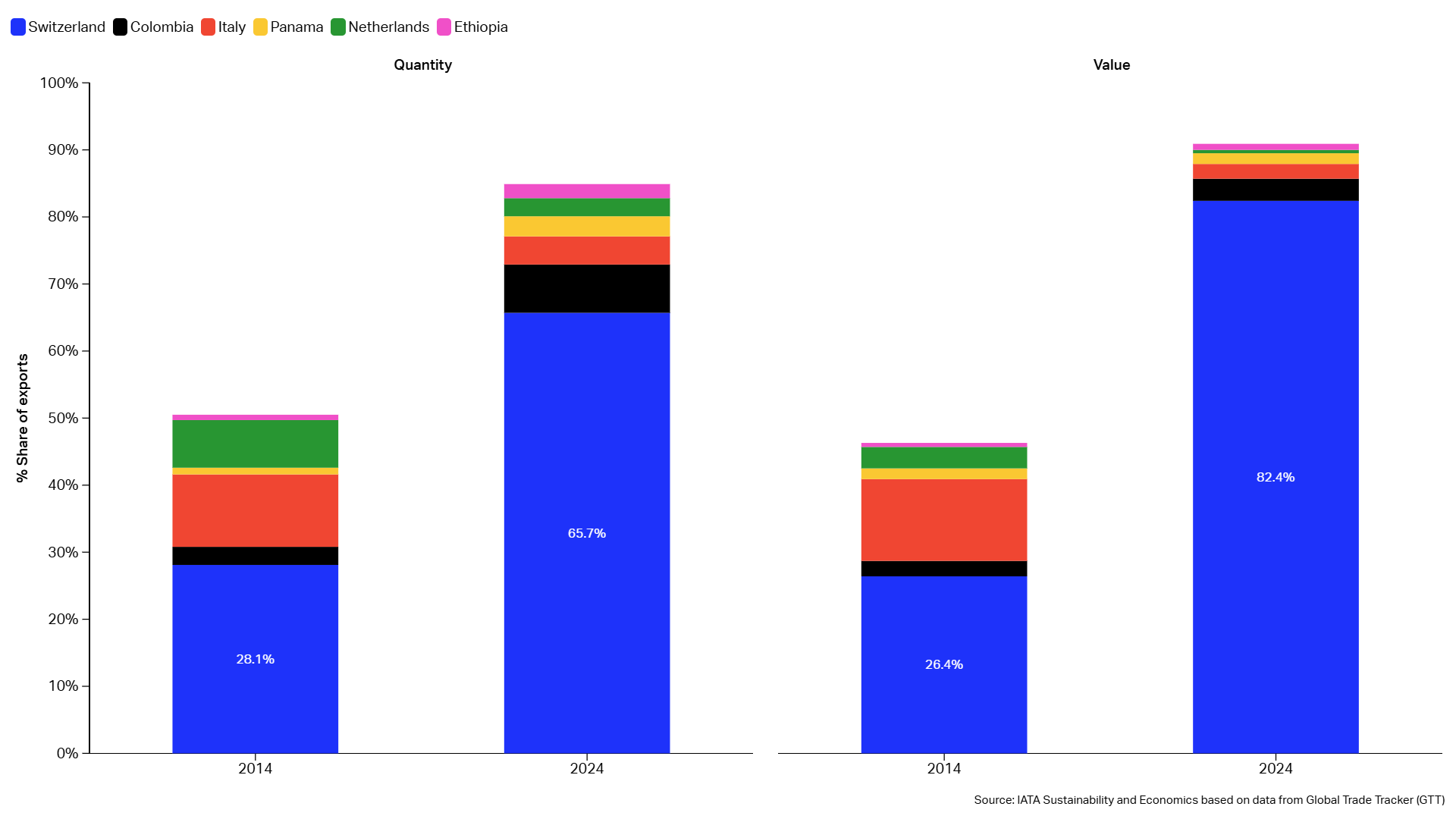
Approximately 2.5 billion cups of coffee are consumed daily. In 2024, the world produced 10.5 million tons of coffee beans, a 4% increase compared to 2023.
US tariffs are now at the highest rate since the Great Depression
4 April 2025
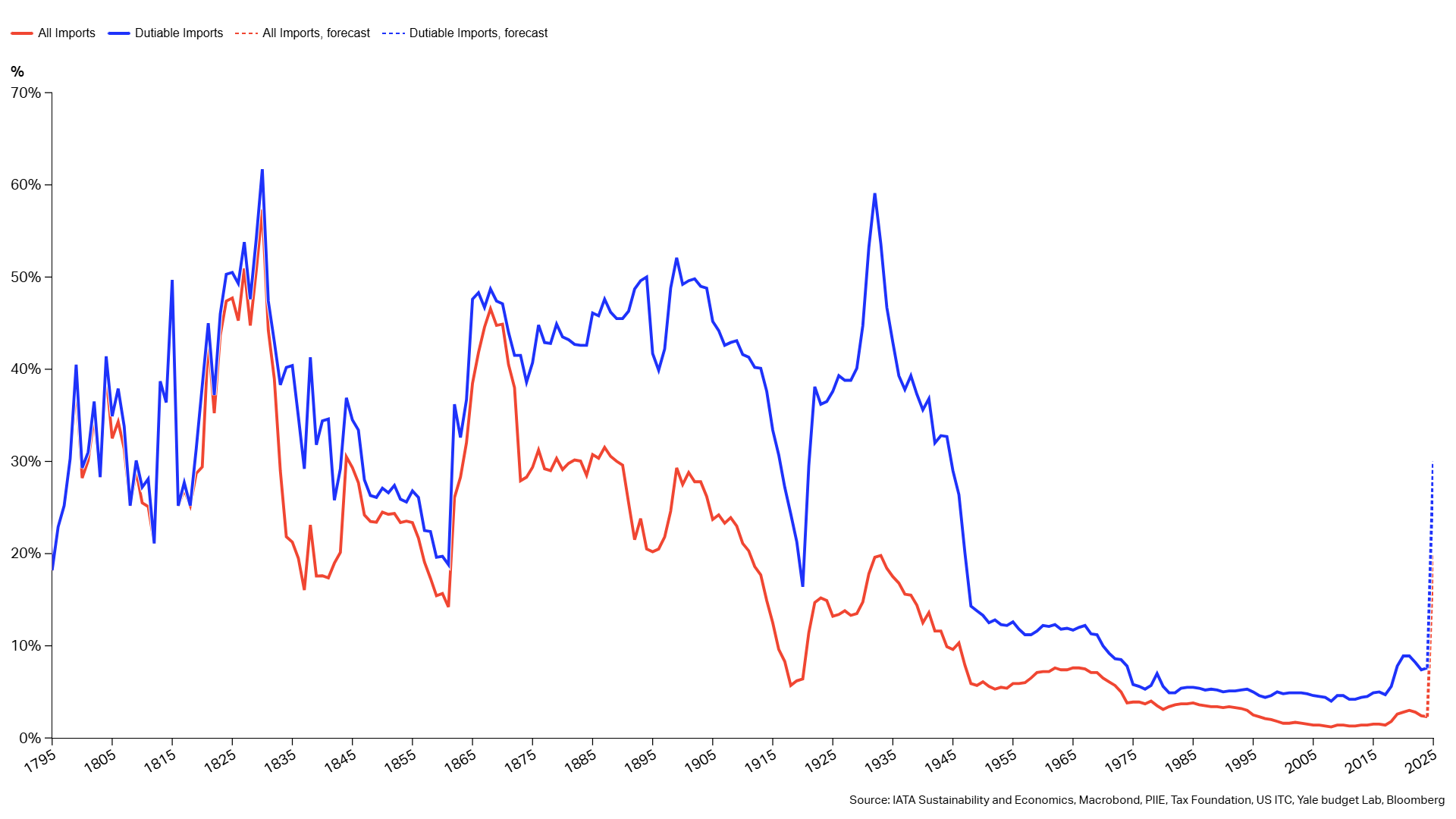
For the first time since the Great Depression, the US has introduced a universal tariff on all imported foreign goods of 10% to take effect on 5 April.
The role of Power-to-Liquid in expanding SAF availability
28 March 2025
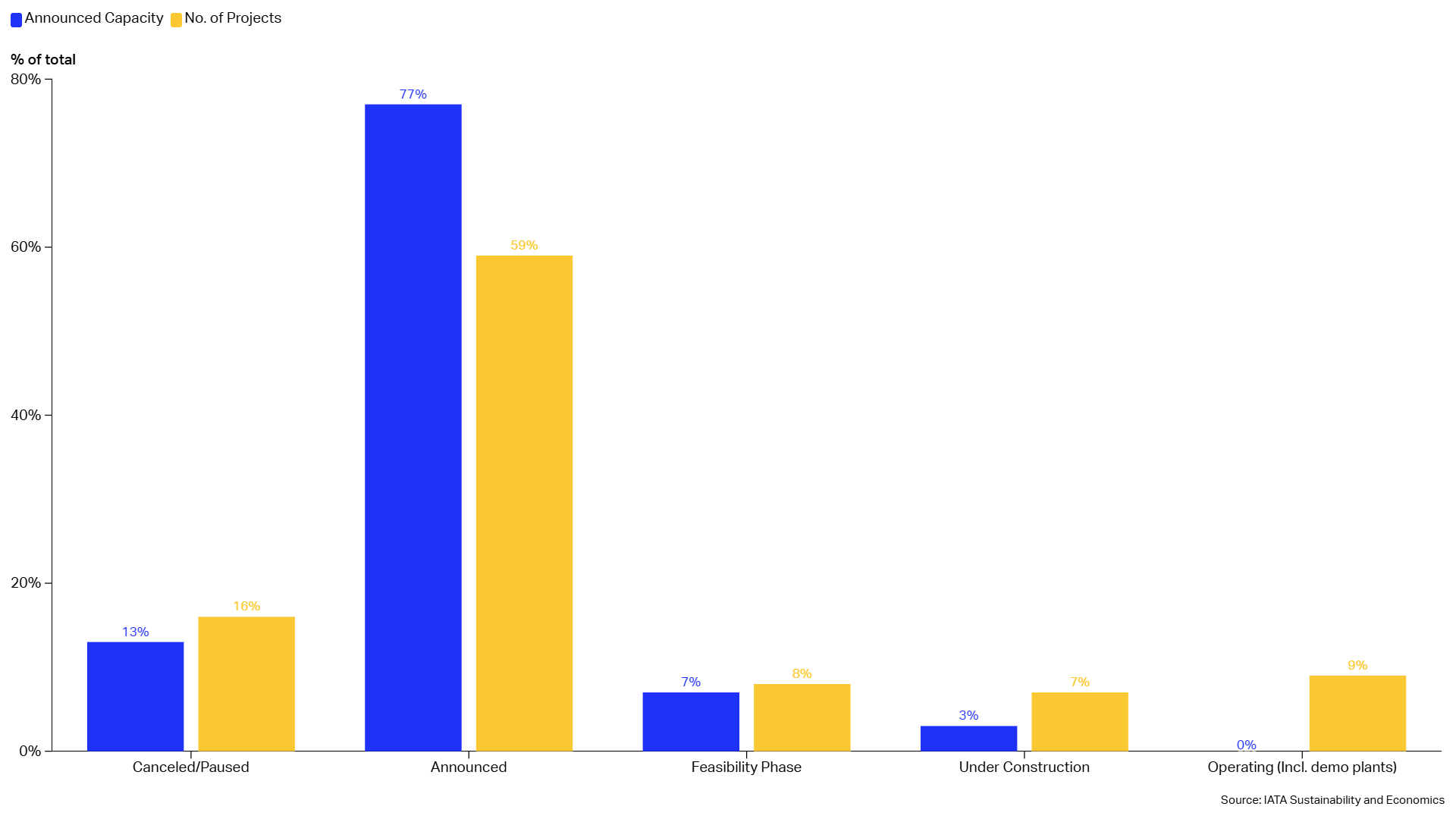
The aviation industry is committed to net zero carbon emissions by 2050, with SAF as one of the key drivers.
Interregional traffic growth reflects capacity over new routes
21 March 2025
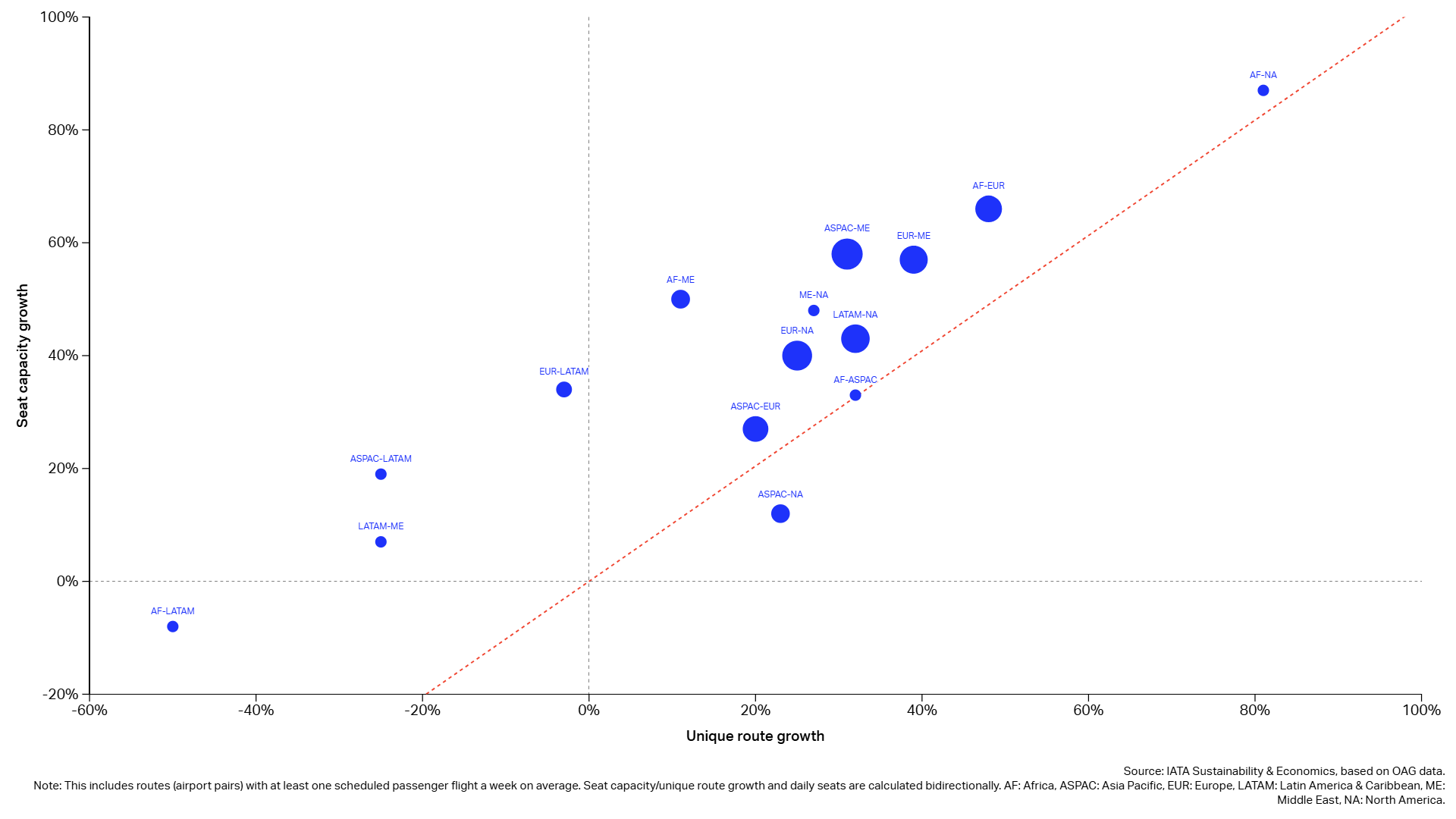
Interregional air passenger traffic increased by 45% over the past decade, accounting for 16.5% of total traffic in 2024.
The Growing Challenge of Capacity Planning
14 March 2025
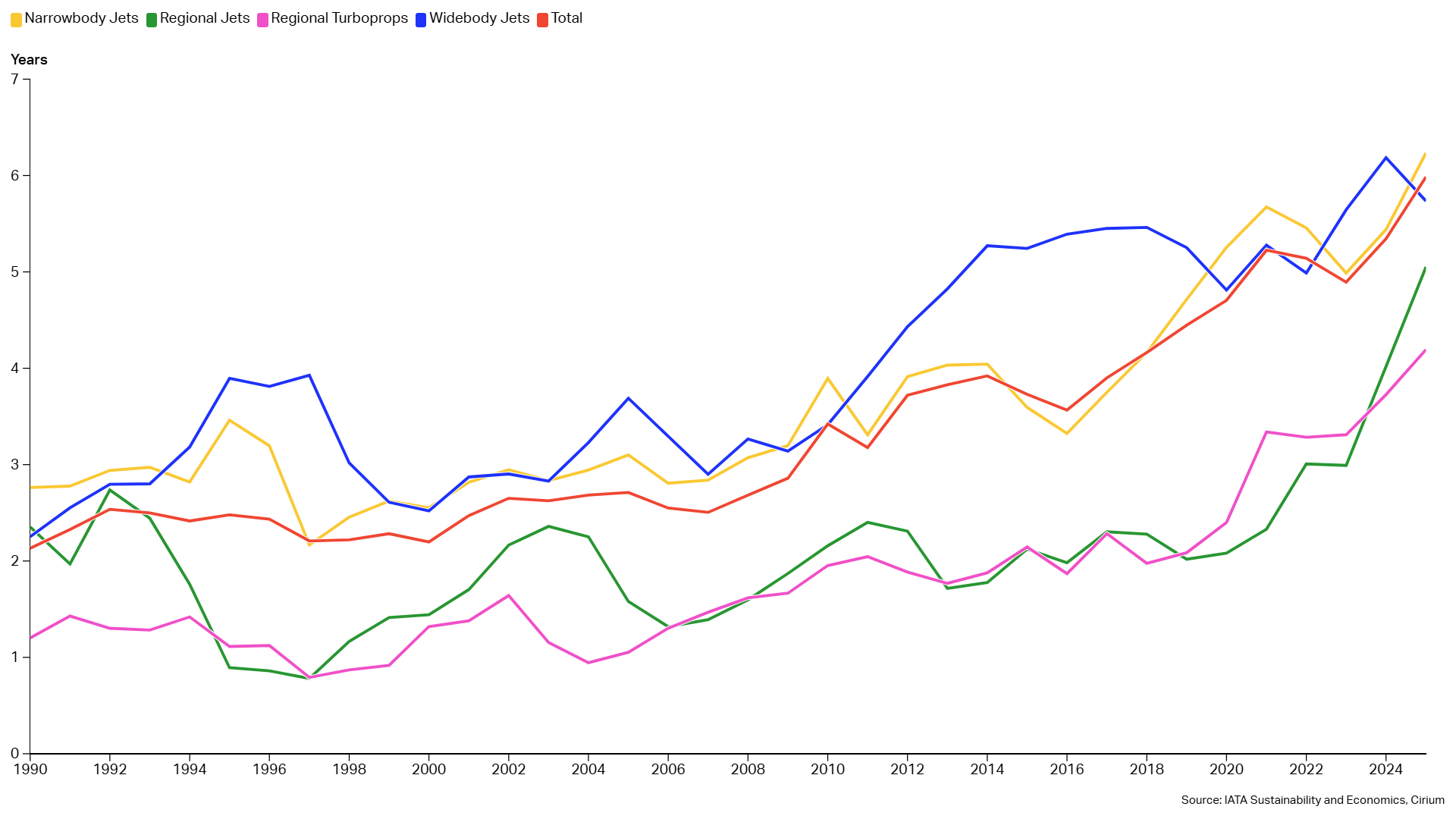
Availability of aircraft continues to be constrained by supply chain challenges and production limitations.
US federal worker layoffs and their potential impacts
7 March 2025
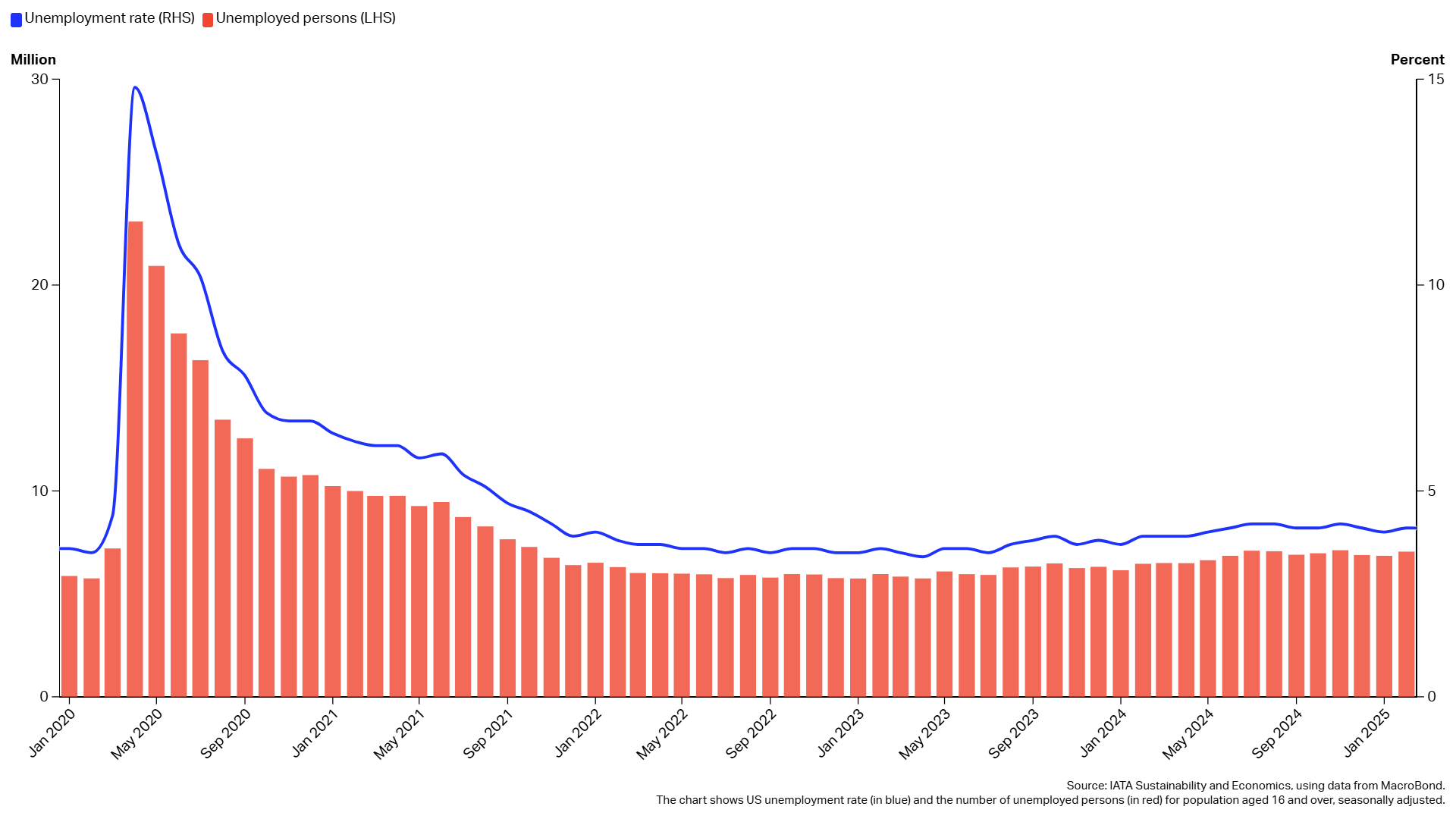
Around 26,500 persons had been fired from 17 US agencies and administrations, according to CNN, as of 28 February 2025.
ICW regulations prevent efficient waste management
28 February 2025
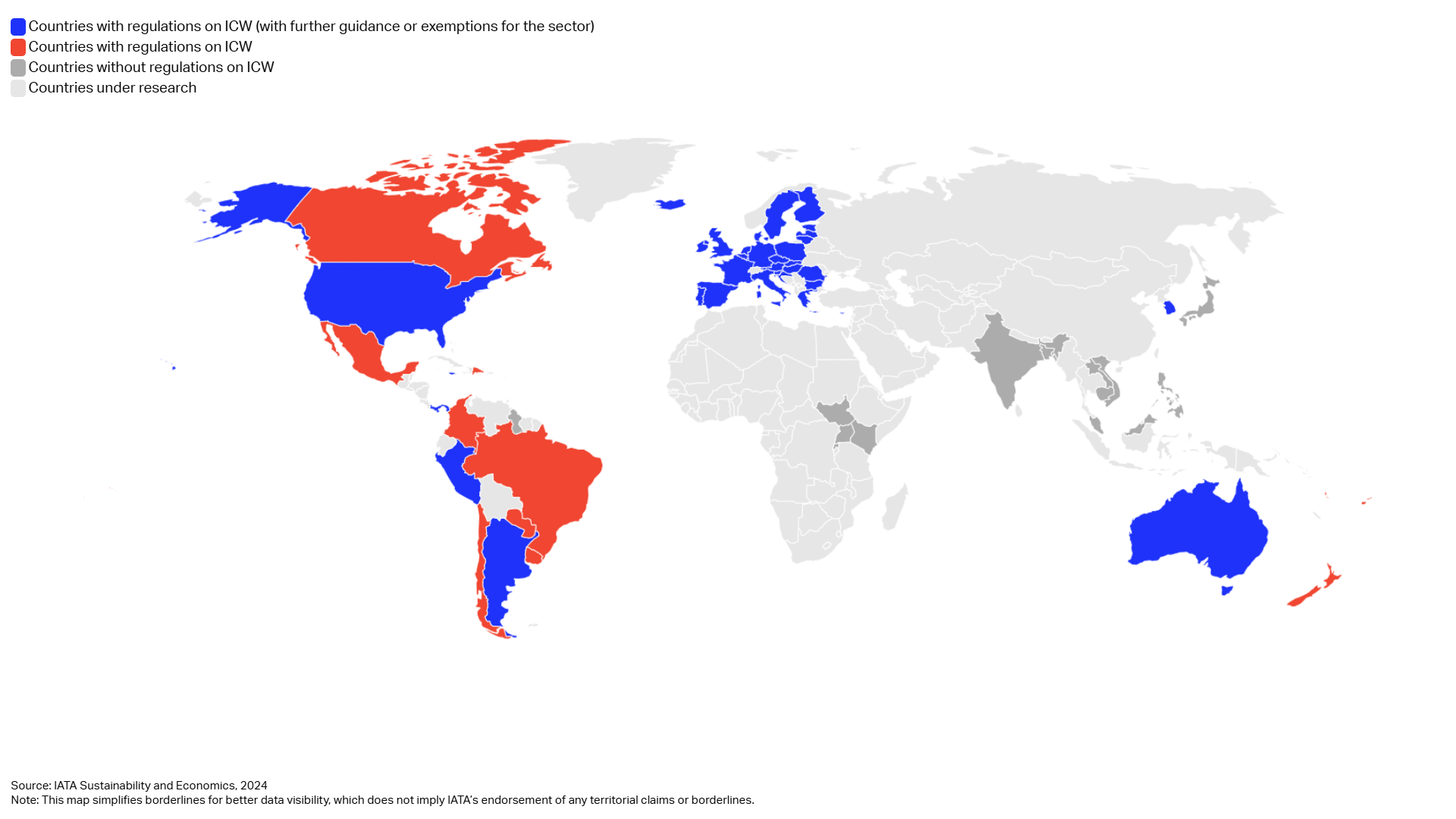
A number of countries have introduced legislation on handling and disposing of catering waste from international flights to protect their agricultural sectors, particularly concerning animal health.
Airline cabin waste – progress toward a circular economy
21 February 2025
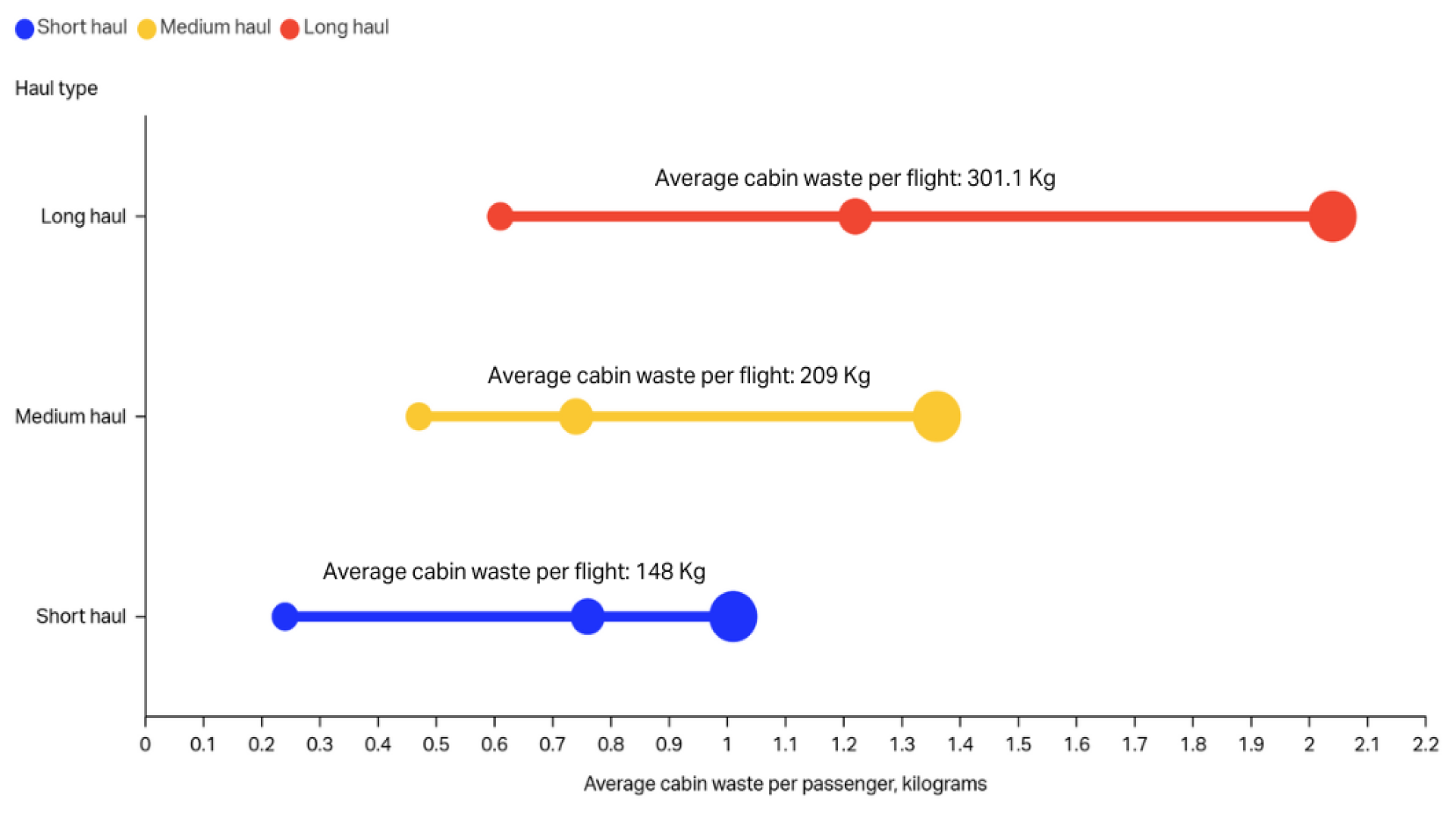
Effective waste management is critical to the air transport industry's efforts to achieve a circular economy and minimize its environmental impact.
Romance on the Rise?
14 February 2025
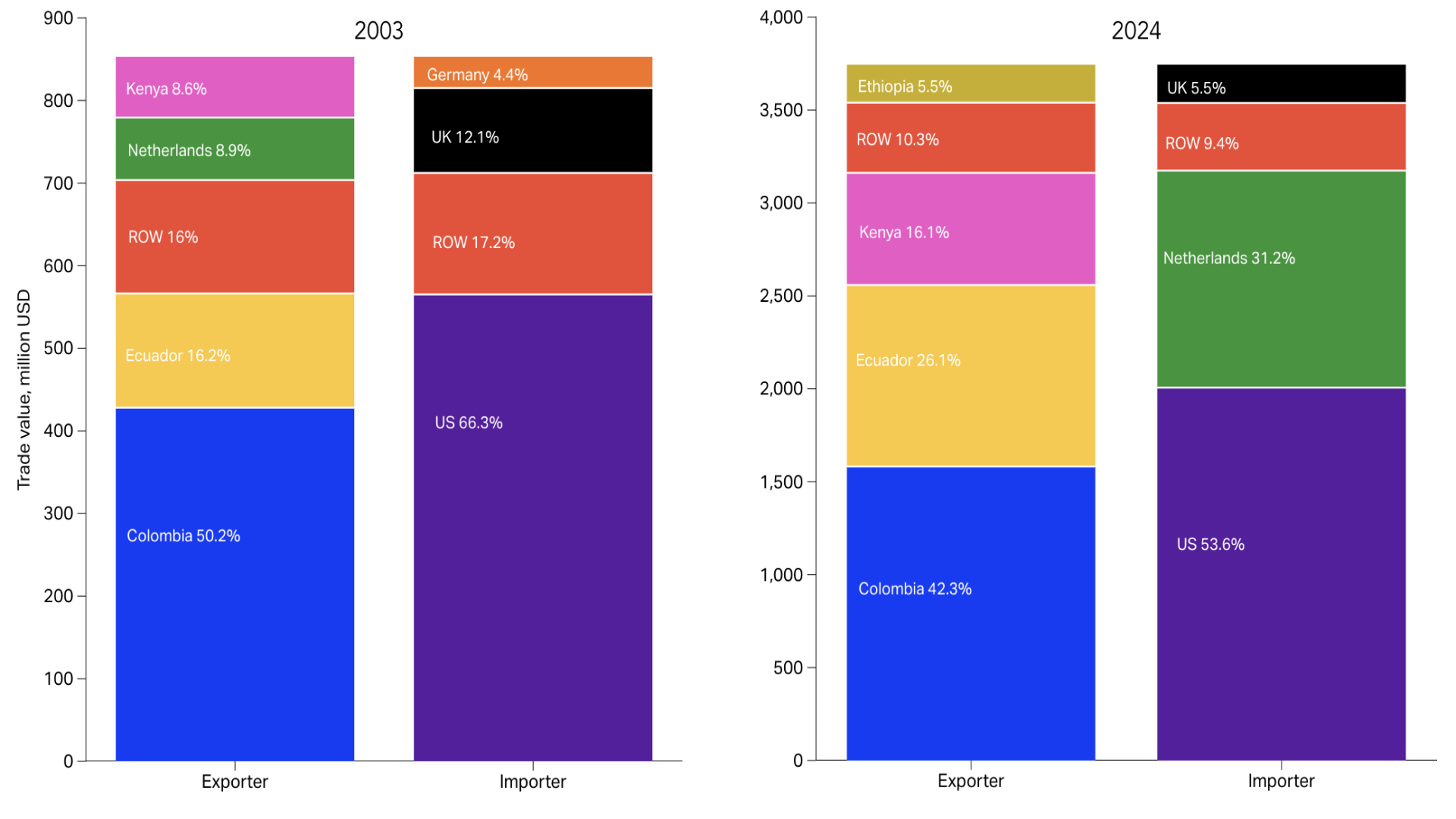
Is the world getting more romantic? The value of the trade in flowers transported by air has risen in a rather spectacular fashion from USD 852 million in 2003 to USD 3.7 billion in 2024 - a four-fold increase.
Fewer new airlines starting but also fewer exits
7 February 2025
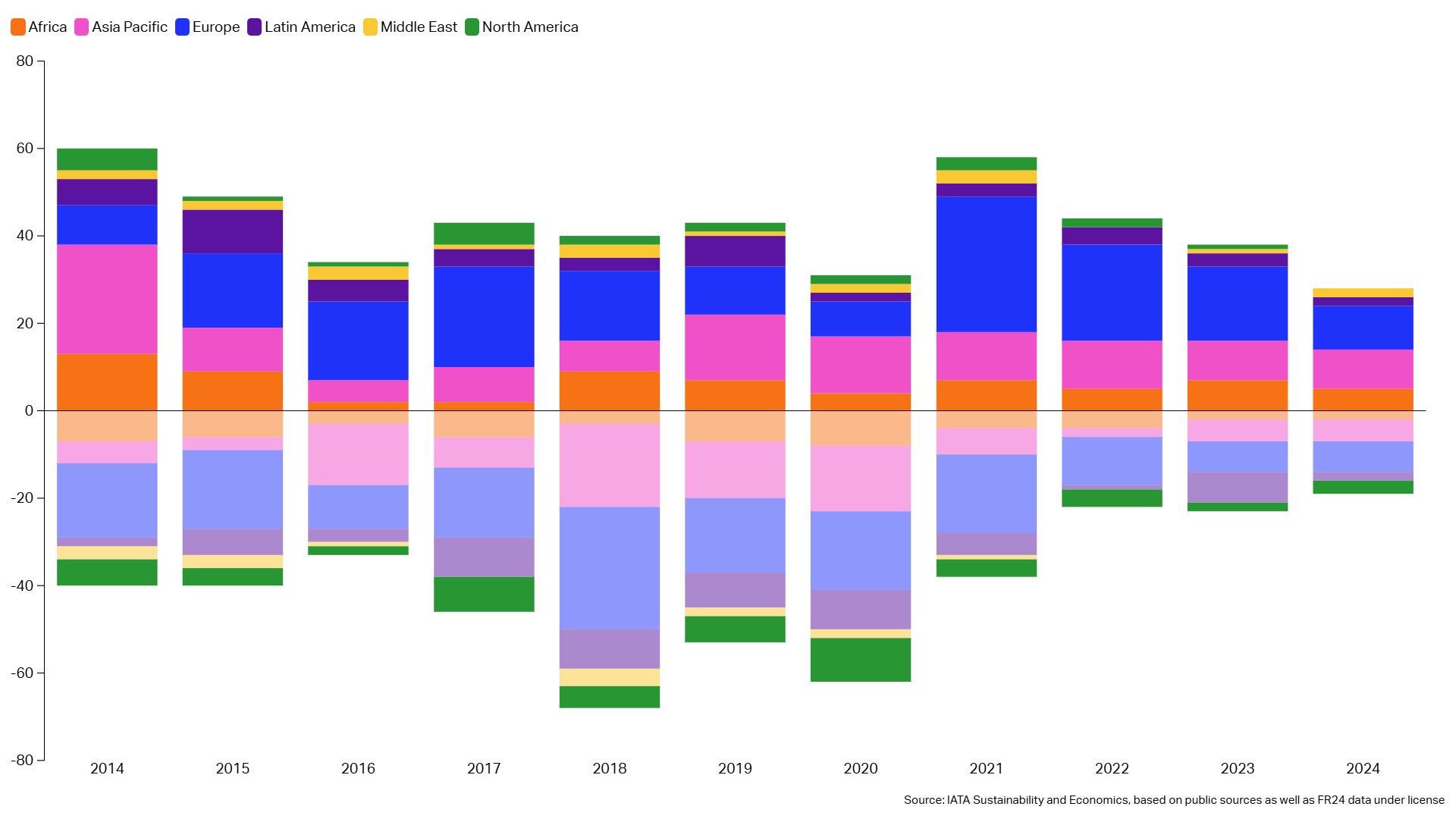
In 2024, 28 new airlines started operations, while 19 airlines ceased flying.
The significant value of air transport to the global economy
31 January 2025
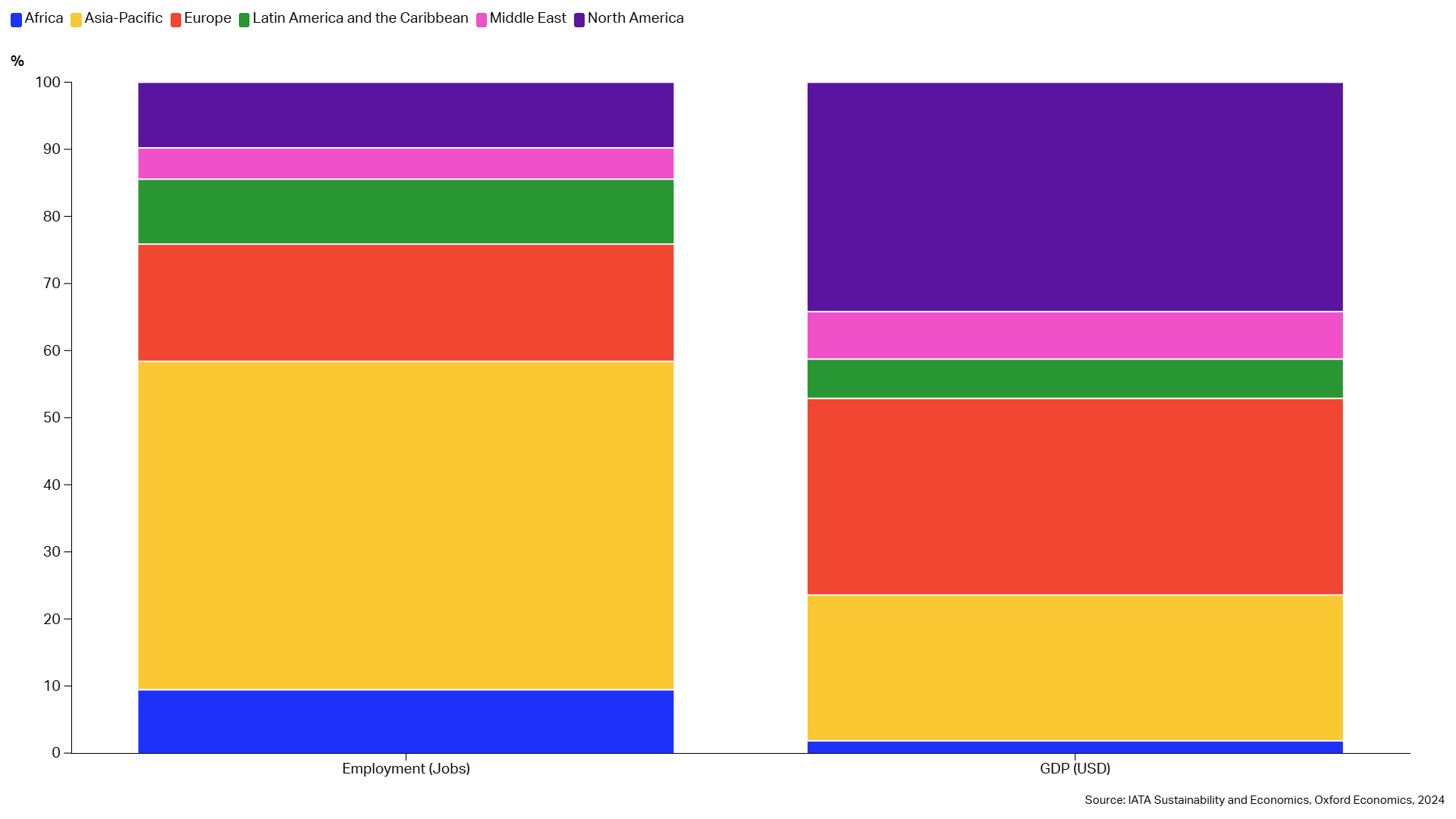
Aviation serves as the only rapid global transportation network, making it indispensable for international business and tourism.
Record election year 2024 delivers change
24 January 2025
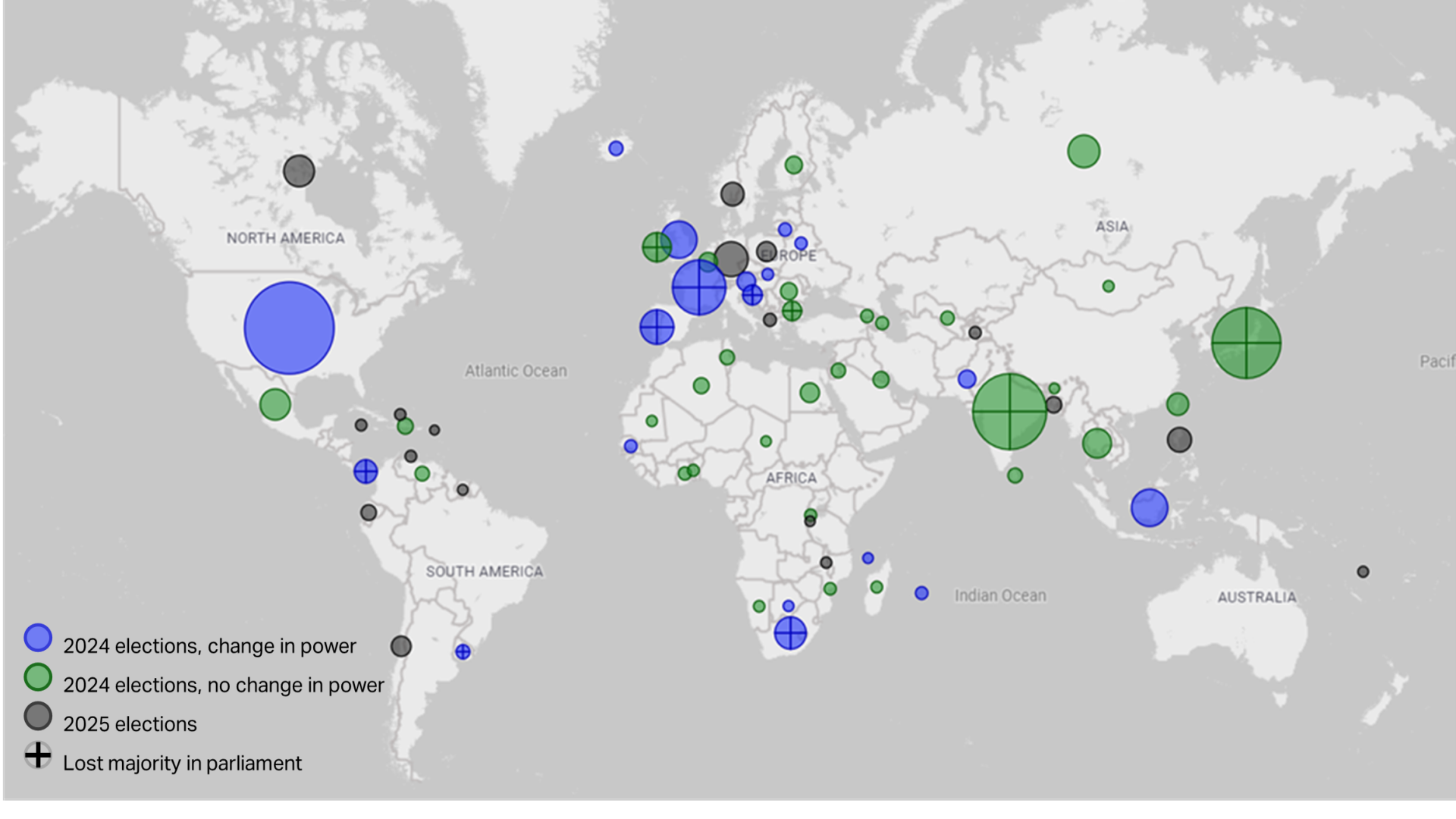
2024 was a record election year. Across the globe, 4.2 billion people went to the polls, representing around 60% of global GDP and 59% of passenger air traffic (measured by O-D passenger numbers).
Public and private money favors Oil over Clean Energy
17 January 2025
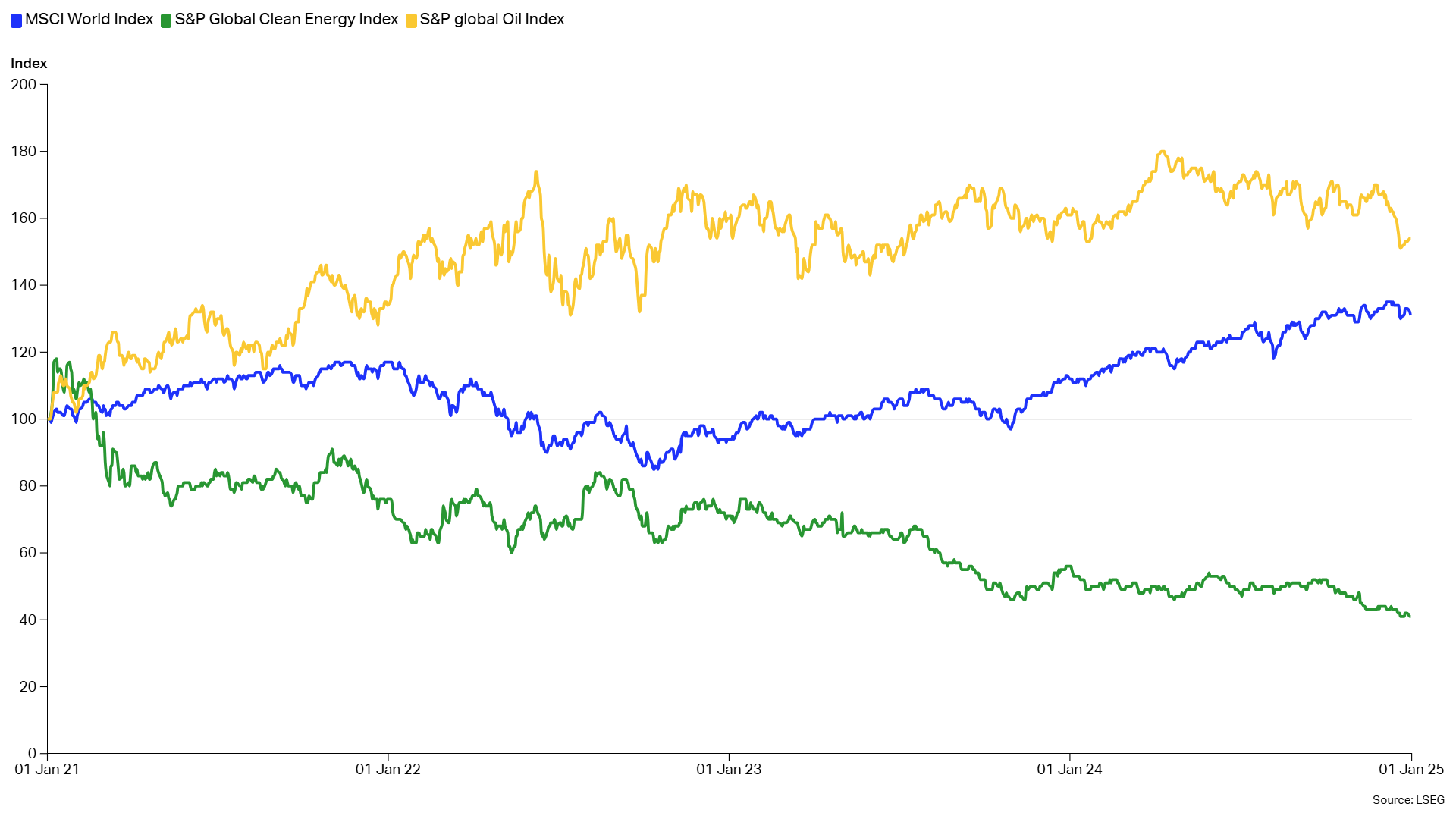
As the world continues to subsidize oil and gas companies directly, creating a most unlevel playing field for renewable energy producers, we note that export credits also favor the fossil fuel companies.